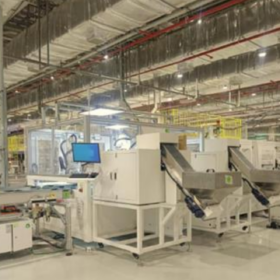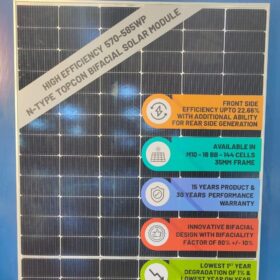India will install 23% less solar capacity in 2020 than the capacity addition in 2019, with the largest drop anticipated in distributed PV installations—according to a new report by International Energy Agency (IEA).
The report, however, expected the market to rebound in 2021, with capacity additions exceeding 2019 levels.
The report attributed the slower growth of solar PV and wind development to poor financial health of state-owned Discoms, with Covid-19 crisis putting additional pressure on them.
“In India, Covid-19 is exacerbating existing challenges concerning the financial health of distribution companies, which play a critical role in the deployment of both utility-scale and distributed PV. In addition, India’s strict lockdown measures are expected to result in delays to wind and PV projects, and thus to slower growth in installations in 2020 compared with 2019”—the IEA stated.
The report said that despite government efforts to strengthen the performance of Discoms, the pending payments due to all electricity generators increased by 48% in 2019, and almost doubled in the case of renewables generators—a trend that continued in the first quarter of 2020.
It added that weak financial health of Discoms has already resulted in slowing development of distributed PV, delays in signing of new power purchase agreements with solar developers and contract renegotiations.
The report said during the lockdown, India’s electricity demand declined by 25%, mostly in industrial and commercial segments, which account for the majority of Discoms’ revenues in most states.
Initial IEA estimates indicate a possible 6% year-on-year decline in demand in 2020, further worsening Discoms’ already challenging finances. This situation has been compounded by supply chain disruptions and the strict lockdown measures that forced many workers to return to their hometowns.
As a result, the IEA expects a slowdown in the construction of utility-scale projects.
In addition, macroeconomic challenges may lessen the willingness of electricity consumers to invest in distributed PV, the report stated.
As growing challenges hamper faster growth, the IEA puts combined PV capacity additions in 2020 and 2021 as 19% below its previous forecast.
This content is protected by copyright and may not be reused. If you want to cooperate with us and would like to reuse some of our content, please contact: editors@pv-magazine.com.









2 comments
By submitting this form you agree to pv magazine using your data for the purposes of publishing your comment.
Your personal data will only be disclosed or otherwise transmitted to third parties for the purposes of spam filtering or if this is necessary for technical maintenance of the website. Any other transfer to third parties will not take place unless this is justified on the basis of applicable data protection regulations or if pv magazine is legally obliged to do so.
You may revoke this consent at any time with effect for the future, in which case your personal data will be deleted immediately. Otherwise, your data will be deleted if pv magazine has processed your request or the purpose of data storage is fulfilled.
Further information on data privacy can be found in our Data Protection Policy.